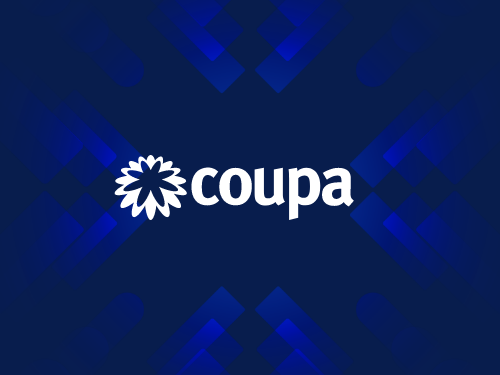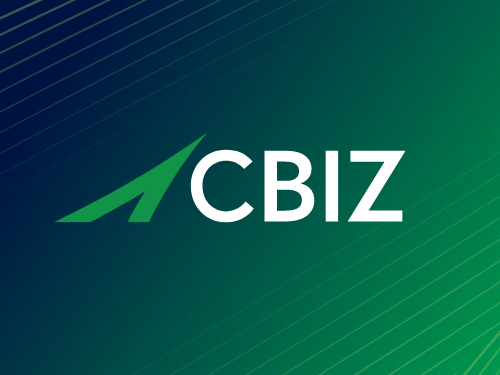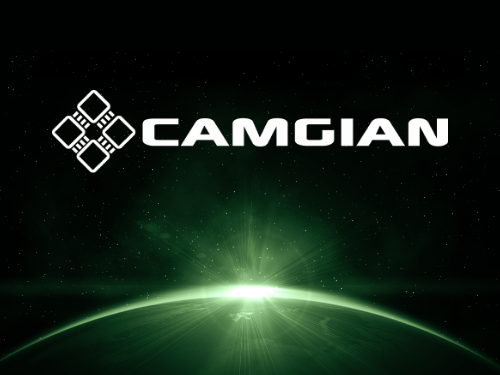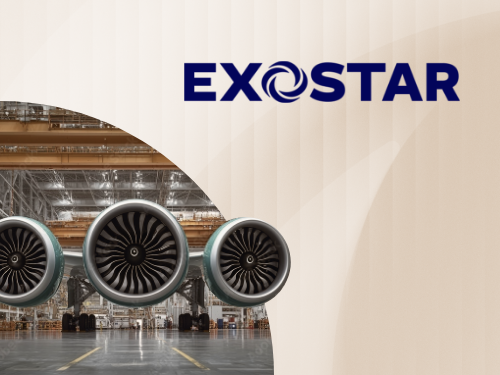It’s easy to think of brand reputation as something soft—sentiment, social buzz, or how people feel about your name. But in today’s marketing environment, reputation isn’t just perception. It’s infrastructure.
With the rise of AI-driven tools and generative search engines, your brand’s reputation isn’t just being observed—it’s being modeled. The language used to describe you, the consistency of your message, and the credibility of the sites linking back to you are all shaping how search engines and AI systems categorize and recall your business.
This isn’t about visibility in the traditional sense. It’s about structural presence—your reputation layer—the ambient signals that define your brand online, whether you control them or not.
From Awareness to Infrastructure
For years, digital marketers chased brand awareness. We built impressions, optimized for reach, and reported on vanity metrics. But the game has changed.
Today, AI models and search engines don’t just index content—they synthesize it. When someone asks a tool like ChatGPT or Google’s Search Generative Experience about your company, the system responds based on everything it has seen, learned, and inferred.
At that moment, your brand isn’t represented by your latest campaign or homepage headline. It’s represented by the composite reputation you’ve built across the web. That includes:
- How often your brand is mentioned
- What words are used to describe you
- Who links to your site
- Whether those links appear in trustworthy contexts
- And how consistently all of the above aligns
In short: your brand’s reputation is shaped by the web’s memory—and your job is to help shape what that memory retains.
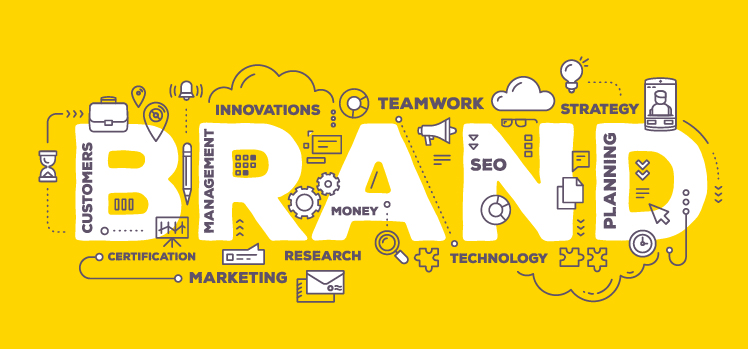
The Reputation War Is a War of Memory
Let’s break it down. A better competitor doesn’t need a bigger ad budget to win. They just need to appear:
- More consistently described
- Across more trustworthy sources
- With fewer contradictions and more clarity
This creates what we call the reputation layer—a foundation of consistent, contextual, and credible digital signals that strengthens how your brand is understood by algorithms and humans alike.
Think of it like digital compounding interest. Each consistent mention, backlink, and structured data point strengthens your standing not just in Google rankings, but in the semantic networks that AI systems build behind the scenes.
Generative Engine Optimization: The Next Frontier
Traditional SEO is still important, but it’s no longer enough.
Enter Generative Engine Optimization (GEO)—a newer discipline focused on influencing how generative AI tools perceive and recall your brand.
Where SEO focuses on rankings, GEO focuses on representation. That means building the kind of consistent, contextual footprint that models use to answer questions, complete prompts, and offer recommendations.
GEO tactics include:
- Using consistent brand language across all digital channels
- Securing high-authority mentions and backlinks
- Creating well-structured, easily digestible content
- Optimizing metadata, schema, and semantic associations
- Encouraging trusted third-party coverage and citations
In GEO, the goal is not just to be seen—it’s to be understood accurately and repeated confidently by systems that influence buying behavior.
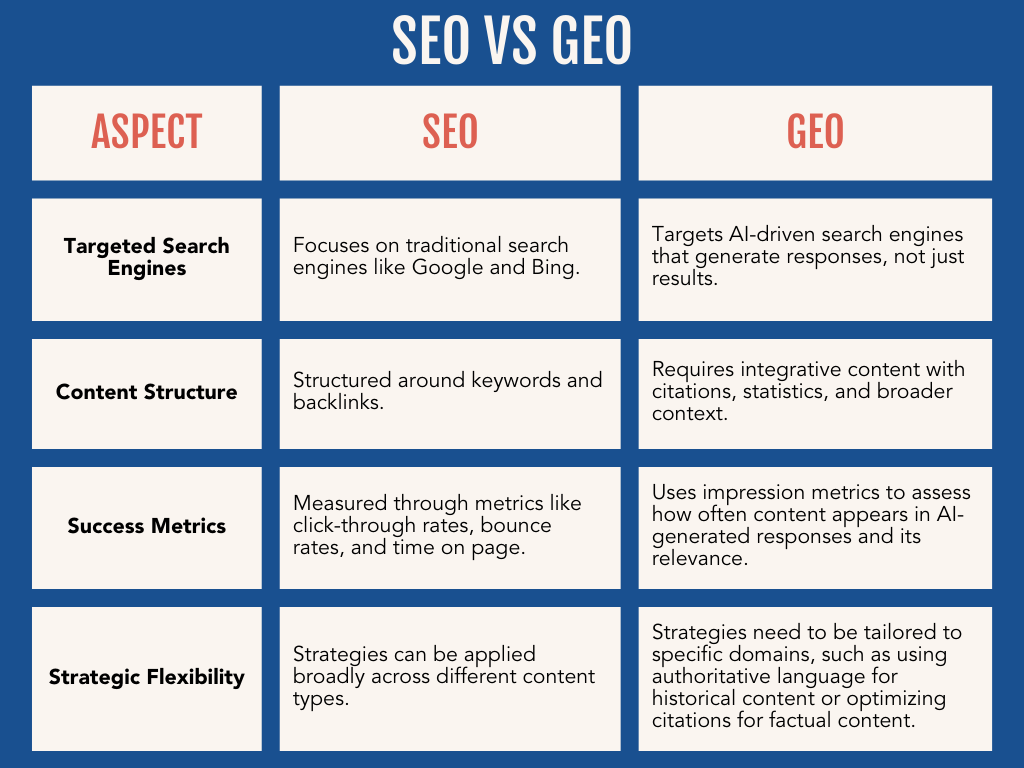
Consistency Is No Longer Optional
If your homepage says one thing, your press release says another, and your LinkedIn profile tells a third story, you’re not just confusing customers—you’re confusing the system.
And systems don’t forget.
Every inconsistency across your digital presence introduces ambiguity. That ambiguity weakens your authority, makes your content harder to categorize, and reduces the likelihood of your brand being surfaced in search or summarized in generative answers.
Consistency, on the other hand, creates semantic strength. It gives both humans and machines a clear, repeatable understanding of what your brand stands for, what you do, and why you matter.
Where Reputation Lives: Building Your Brand’s Memory Layer
To strengthen your brand’s reputation layer, focus on these four pillars:
1. Consistency Across Channels
Ensure your messaging, brand descriptors, and visual identity are aligned across every digital touchpoint—from your website to your social media bios to your executive bios on third-party sites.
2. Contextual Placement
It’s not just about where you’re mentioned. It’s about how you’re mentioned. Are you cited as a leader? Are you associated with innovation, security, growth? The language around your brand matters just as much as the link itself.
3. Credibility of Sources
Backlinks from high-authority websites (think trade publications, well-regarded industry blogs, or news outlets) send trust signals to both search engines and AI models. A citation in a reputable source can be more impactful than 100 low-quality mentions.
4. Structured Content
Make it easy for machines to parse your content. Use headers, schema markup, and plain language to reinforce key themes. Structure reinforces clarity—which reinforces trust.
Strategic Questions to Ask Right Now
If you want to gauge the strength of your brand’s reputation layer, start with these questions:
- Is our brand described consistently across all third-party platforms?
- Are we being cited or mentioned by credible sources?
- Do we control our entries in structured data repositories like Wikidata?
- Have we earned relevant backlinks from trusted websites?
- Does our messaging align across sales, marketing, PR, and executive thought leadership?

A Coherent Brand Is a Competitive Advantage
The brands winning today aren’t just investing in performance ads or clever copy. They’re investing in coherence.
They’re managing not just their content, but the context around their content. They’re shaping how others talk about them. And they’re being rewarded with better placement, more accurate representation, and stronger recall in both search engines and AI-generated responses.
If your brand is scattered, the system remembers that. But if your brand is disciplined, reliable, and strategically visible—the system rewards that too.
Reputation Is the New Brand Infrastructure
Inclusion is everything. But inclusion without control is chaos. That’s why reputation is no longer just a PR concern—it’s part of your core marketing infrastructure.
In an AI-first landscape, your brand’s reputation layer is one of the most powerful assets you have. Treat it like infrastructure. Maintain it. Reinforce it. Strengthen it over time.
Because the next time someone asks an AI about your business, it’s your reputation—your digital residue—that will answer.
Want to Strengthen Your Brand’s Reputation Layer?
Bluetext helps organizations build consistent, contextual brand infrastructure that performs across SEO, AI search, and beyond. Whether you need help aligning your message, earning the right mentions, or auditing your digital footprint—we’re here to help.
